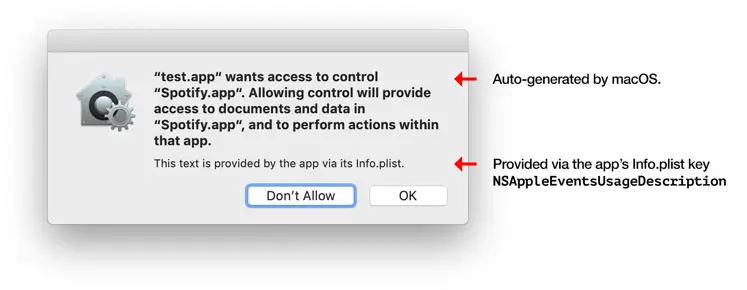Flatpak usually ships very outdated drivers.
I've been in the support channel for yuzu linux, and you would not believe all the issues people have with games freezing, etc that are instantly fixed by using the appimage instead of the flatpak.
Also flatpaks are non-xdg compliant, since it creates the useless ~/.var directory. And they have said over and over that they won't fix that. So fuck them.
Not to mention all the issues people have with their theming and integration into the system.
Appimages are just simpler and better, the other day I was thinking how many issues would be fixed if Steam shipped as an appimage.
- It would allow for shipping a patch glibc with EAC
- It would allow for moving all the nonsense that steam puts in the home user dir, since appimages support a portable home.
- It would allow for shipping the 32bit libraries instead of having to install them system wide.
And depending on how you go about, appimages will even take less disk space than flatpaks or native packages even though you don't get shared libraries with those, because they are compressed which reduces their size significantly.
Like for example the LibreWolf appimage is 110MiB while a the native package for librewolf 300MiB.
Same with LibreOffice, the appimage is 300MiB while the native package is 600 MiB.
It also makes it easier to downgrade if you run into an issue, like I had to had an older appimage of ferdium because the latest version is affected by an electron bug that broke its zoom functionality.

